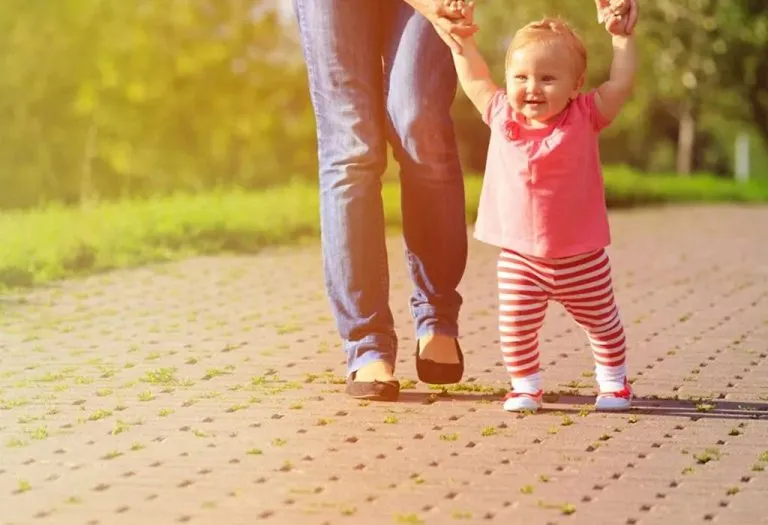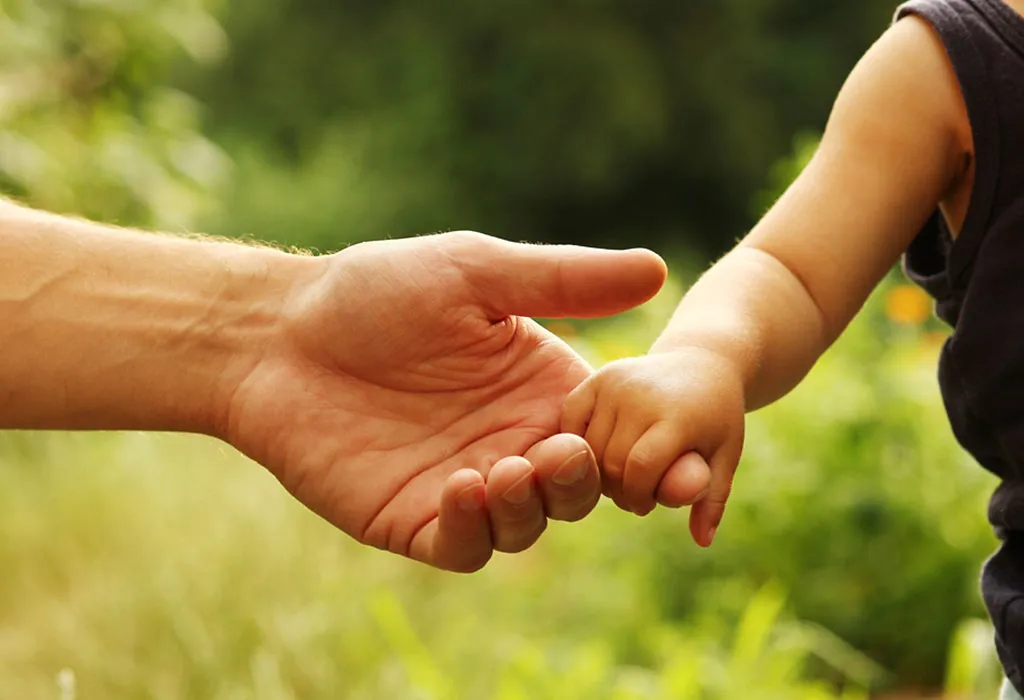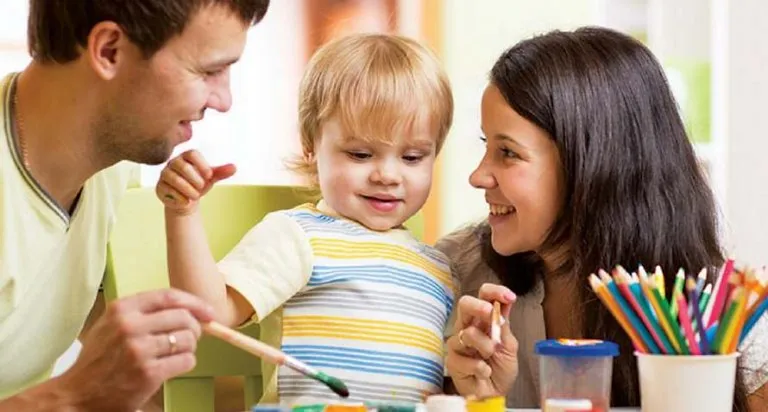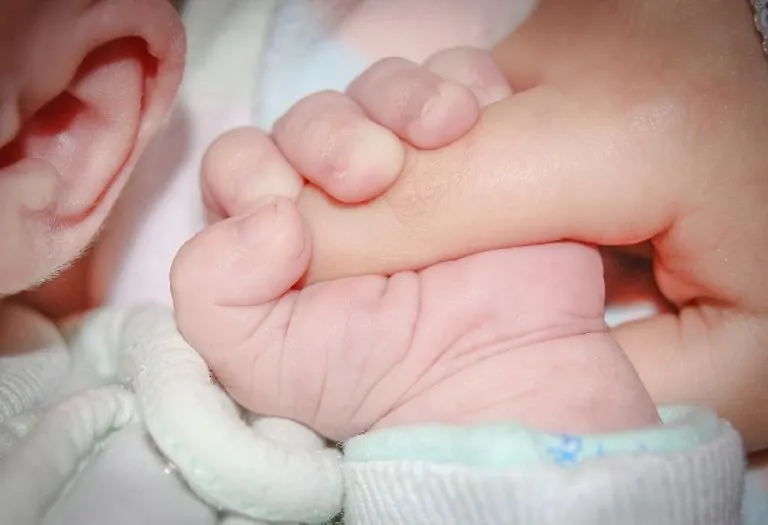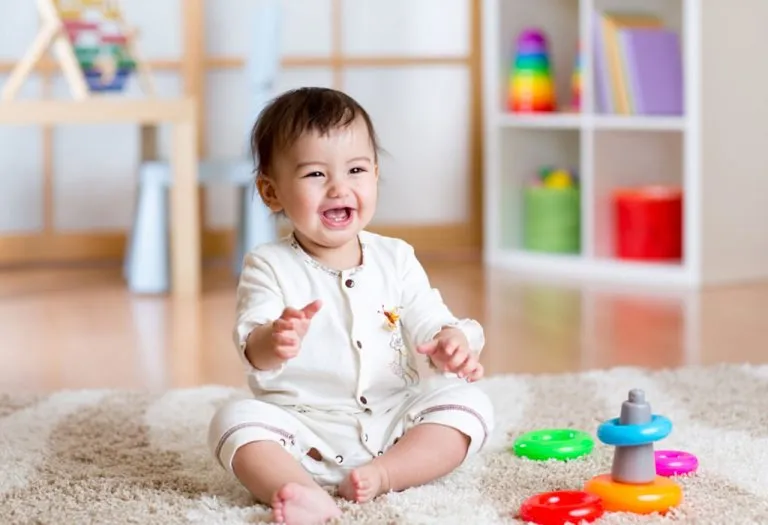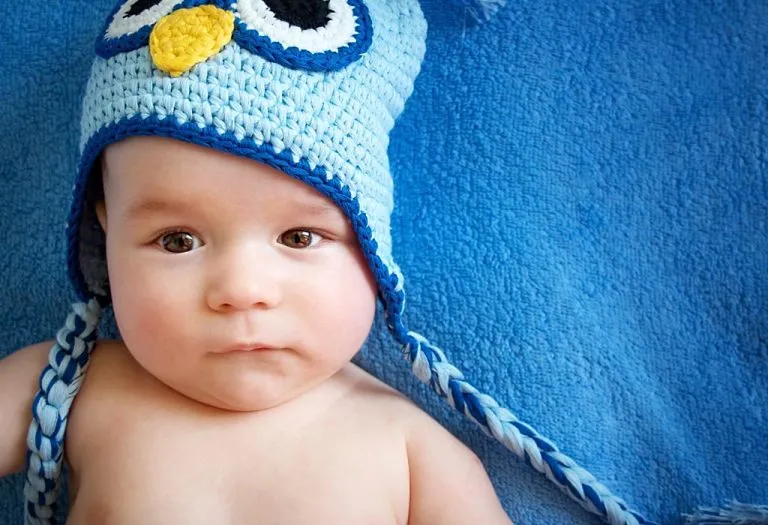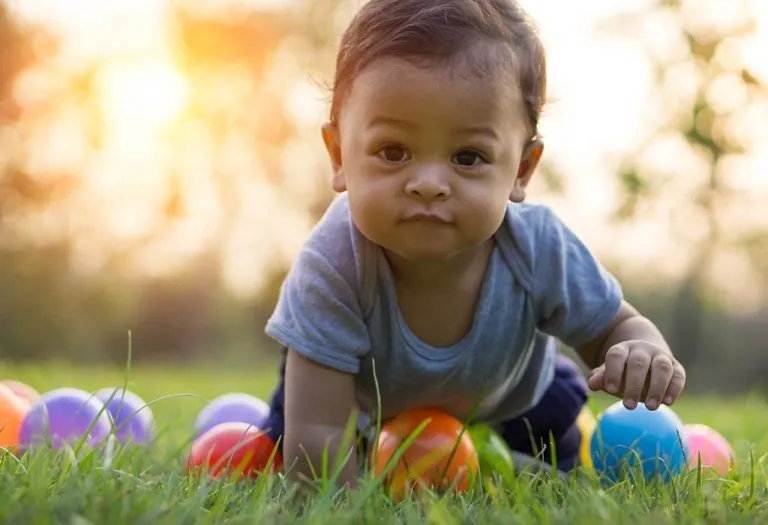7 Signs Your Baby Will Walk Soon

Getting your baby to walk is an exciting endeavor, as it signifies a major milestone in their development. It’s incredible to watch as they grow more confident and independent. This process, however, requires a lot of patience from both you and the baby. There are some early signs your baby will walk soon, like when they start pulling themselves up to stand or cruise along furniture. You might also notice them trying to balance without holding onto anything, which shows they are gaining strength and coordination. These signs are indications that it’s only a matter of time before babies start walking, and it can be a thrilling experience to witness their first wobbly steps.
When Do Babies Start Walking?
When babies are born, their leg muscles are ill-equipped to carry the weight of their bodies. They need to develop these, which happens as they grow older. According to the Cleveland Clinic, on average, a baby can take his first few steps within a year. However, he will still be clumsy, and it can take a few more months before he can start walking without assistance. There are even instances where a baby may take about 18 months to learn how to walk. This is no cause for alarm, and once babies start walking, it’ll be hard to get them to stop. The infant walking age differs for different kids.
Common Signs That Indicate Your Baby Will Walk Soon
Watching your baby take their first steps is one of the most memorable moments for any parent. Before that big day arrives, there are several signs baby is ready to walk, like the ones below, that can indicate your baby will walk soon.
1. Overcoming Obstacles
Walking on two legs is difficult for babies as their muscles are ill-equipped to do this. However, if you notice your child frantically trying to overcome obstacles by going over them, he’s one step closer (no pun intended) to walking. This is because he is making use of their leg muscles and strengthening them in the process.
2. Taking a Stand
When you see your baby trying to lift himself off the ground, you know the day is near. Babies will make use of their arms to hold on to raised platforms to pull themselves up or support their efforts. The raised platforms could be anything, from furniture to even your leg. However, they would still be unable to stand independently.
3. Handholding
Once they’re confident that they can get up without support, they’re going to attempt to walk immediately. However, just like riding a bicycle, it can’t be done on the first go, and they are likely to fall. This is when you help them by assisting them while walking. Going back to the bike example, they need your help, like training wheels so that they can balance themselves while walking.
4. Cruising
Handholding is fine, but your child is determined and isn’t going to wait for you to help him out. He’s going to find anything sturdy, like walls or pieces of furniture, to stay off the floor and balance himself.
5. Standing
Once they can stand without any external support, it is only a matter of time before they start walking. Balance is something that they are yet to master, but they know it well enough to stay upright independently. Soon, you will find your child performing daredevil acts like jumping, climbing stairs, and other activities to improve his balance.
6. Squatting and Rising
Another sign that your baby will walk soon is when they start to squat down and then stand back up without assistance. This demonstrates that they are developing the strength and coordination needed to control their leg muscles, which is essential for walking.
7. Playing and Moving With Toys
Babies love to play, and when they start to move toys across the floor by pushing or pulling them while standing or cruising, it’s a good indication that walking is just around the corner. This playful behavior shows that they are gaining confidence in their mobility and are ready to explore more freely.
How to Encourage Baby to Walk?
While each baby develops at their own pace, there are several simple and effective ways to teach baby to walk like the ones below:
- One of the first children’s walking signs is them making attempts to crawl. Give them more floor time so that they can start exercising their muscles.
- Use motivators such as their favourite toy. Place them on one end of the room and the toy on the other end. When they crawl all the way to one side, put the toy on the other end. While it may sound frustrating for the child, remember they will be quite thrilled knowing they can crawl and get the toy independently.
- As your baby becomes more confident in crawling and standing, start holding their hands and guiding them as they take small steps. This support helps them get used to the motion of walking and builds their balance and coordination.
- Babies respond well to positive reinforcement. Cheer them on and applaud their efforts, no matter how small. This encouragement can boost their confidence and motivate them to keep trying.
Things to Avoid While Making Baby Walk
Learning to walk is an exciting time for your baby, but it’s crucial to maintain a safe environment during this transition. Here are some things to avoid when guiding your baby toward those first steps.
- Avoid Forcing the Baby to Walk: Don’t rush your baby into walking. Let them progress at their own pace to avoid stress and injury.
- Avoid Hazardous Environments: Keep your baby’s learning space safe and clear of sharp edges, slippery surfaces, or small objects that might cause them to trip.
- Avoid Lack of Support: While promoting independence is good, always offer proper support to prevent falls and injuries. Hand-holding and supportive furniture can be helpful in the early stages.
How to Help Your Baby Walk Independently?
As your baby learns to walk independently, there are several ways you can support their journey, fostering their confidence and encouraging safe exploration.
- You can improve your baby’s balance by gradually improving the difficulty level as he gets better. First, hold him with both your hands while he walks. Once he has a good grip, only use one hand. After that, let him grab onto your clothes as he walks and finally just stand close by in case he falls. Keep in mind these tips to make your baby walk.
- Too much clothing or even tight clothing can constrict the limbs which can make it difficult for kids to regain balance. Let him wear comfortable clothing.
- Initially, hold kids by the upper trunk and gradually move on to the hips. You can also hold them by the fingers to give them proper direction.
What if Your Baby Doesn’t Walk?
This is an abnormal situation, and most paediatricians suggest that most of the time. The problem is in the environment. This could be because both parents are working and do not have time to encourage the baby to start walking. Then, there is the other extreme, where parents are overindulgent. The baby is treated on par with royalty and carried everywhere, meaning minimal exertion.
When to Consult the Doctor?
While many children start walking between 9 and 18 months, it’s important to know when to consult a doctor if you notice certain signs that might indicate a delay or underlying issues. Here are some key situations where seeking medical advice is recommended:
- If your baby hasn’t started pulling up to stand or cruising along furniture by 18 months, it’s a good idea to consult a pediatrician to discuss their motor development.
- If you notice that your baby’s legs are unusually stiff or limp, it could be a sign of a musculoskeletal or neurological issue. A doctor can evaluate your baby’s muscle tone and reflexes to ensure everything is normal.
- Babies typically start bearing weight on their legs as they learn to stand and walk. If your baby isn’t showing any signs of bearing weight or attempting to stand, it could indicate a developmental delay that requires medical attention.
- If your baby shows delays in other motor skills, such as crawling, sitting, or rolling over, or if there’s a general lack of progress, it may be time to consult a healthcare professional to rule out underlying issues.
FAQs
1. Can teething affect when a baby will walk?
While teething and walking are different developmental milestones, some parents notice that major milestones like teething and walking can happen around the same time. However, there’s no direct correlation between the two, so don’t be concerned if your teething baby isn’t walking yet. If your baby is exhibiting other signs of readiness to walk, such as pulling up to stand or cruising along furniture, they may be close to taking those first steps.
2. Do baby shoes help or hinder walking?
Many parents wonder if shoes are helpful in encouraging babies to walk. Generally, it’s better for babies to learn to walk barefoot or in flexible, non-slip socks. This allows them to use their toes for balance and develop muscle strength. Shoes can be introduced once the baby is walking outside or in unfamiliar places to protect their feet, but they are not necessary for indoor practice.
3. How does the baby’s birth order influence when they walk?
Birth order can sometimes influence when a baby walks. First-born children might receive more one-on-one attention and could be encouraged to walk sooner. Younger siblings often watch and mimic their older siblings, which can motivate them to start walking earlier. However, every child is unique, and birth order is just one of many factors that can affect when a baby starts walking.
Your role is critical in your baby’s development and with the right approach, you can even shave off a few months from the learning process. Make sure the child practices a little every day with support, and you will be rewarded with the sight of your little one discovering the joys of exploring the world independently.
References/Resources:
1. When Do Babies Start Walking?; Cleveland Clinic; https://health.clevelandclinic.org/when-do-babies-start-walking
2. Movement, Coordination, and Your 1- to 2-Year-Old; Nemours Kid Health; https://kidshealth.org/en/parents/move12yr.html
3. Safe Exploring for Toddlers; Nemours Kid Health; https://kidshealth.org/en/parents/exploring.html
4. Bhat. A, Galloway. J, Landa. R; Relation between early motor delay and later communication delay in infants at risk for autism (Infant Behaviour and Development); Science Direct; https://www.sciencedirect.com/science/article/abs/pii/S0163638312000963?via%3Dihub; December 2012
5. Milestone Moments: Centers for Disease Control and Prevention;
https://www.cdc.gov/ncbddd/actearly/pdf/parents_pdfs/milestonemomentseng508.pdf
6. Learning to walk; Pregnancy, Birth & Baby; https://www.pregnancybirthbaby.org.au/learning-to-walk
7. Is Your Baby’s Physical Development on Track?; American Academy of Pediatrics; https://www.healthychildren.org/English/ages-stages/baby/Pages/Is-Your-Babys-Physical-Development-on-Track.aspx
Also Read:
Signs of Intelligent Baby
Cruising – A Baby Milestone
At What Age Your Baby Can Use a Walker?
Was This Article Helpful?
Parenting is a huge responsibility, for you as a caregiver, but also for us as a parenting content platform. We understand that and take our responsibility of creating credible content seriously. FirstCry Parenting articles are written and published only after extensive research using factually sound references to deliver quality content that is accurate, validated by experts, and completely reliable. To understand how we go about creating content that is credible, read our editorial policy here.






